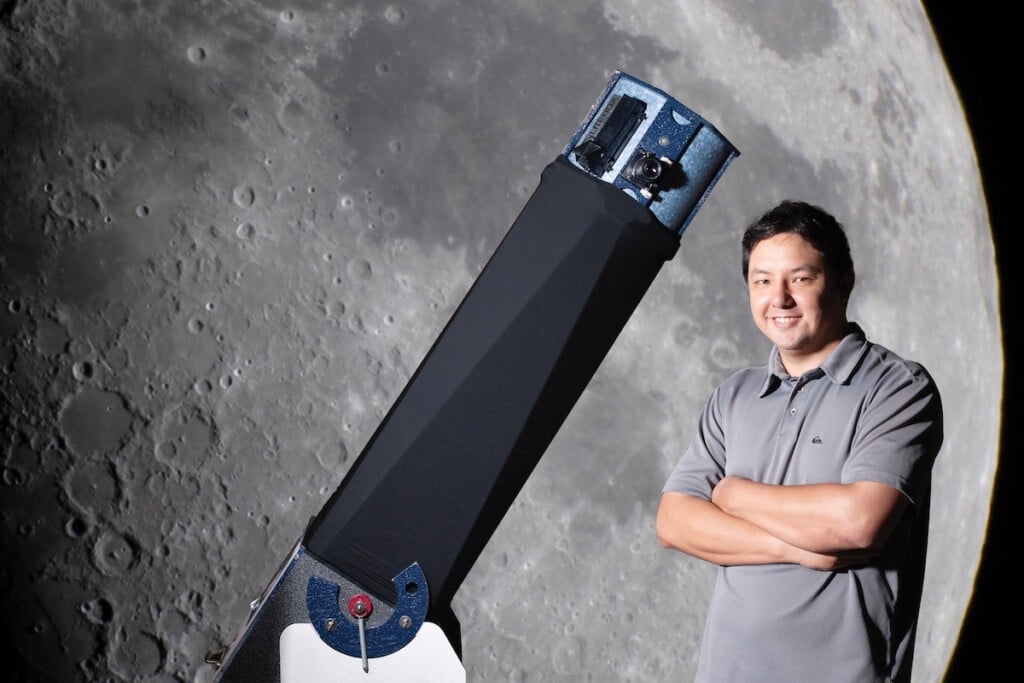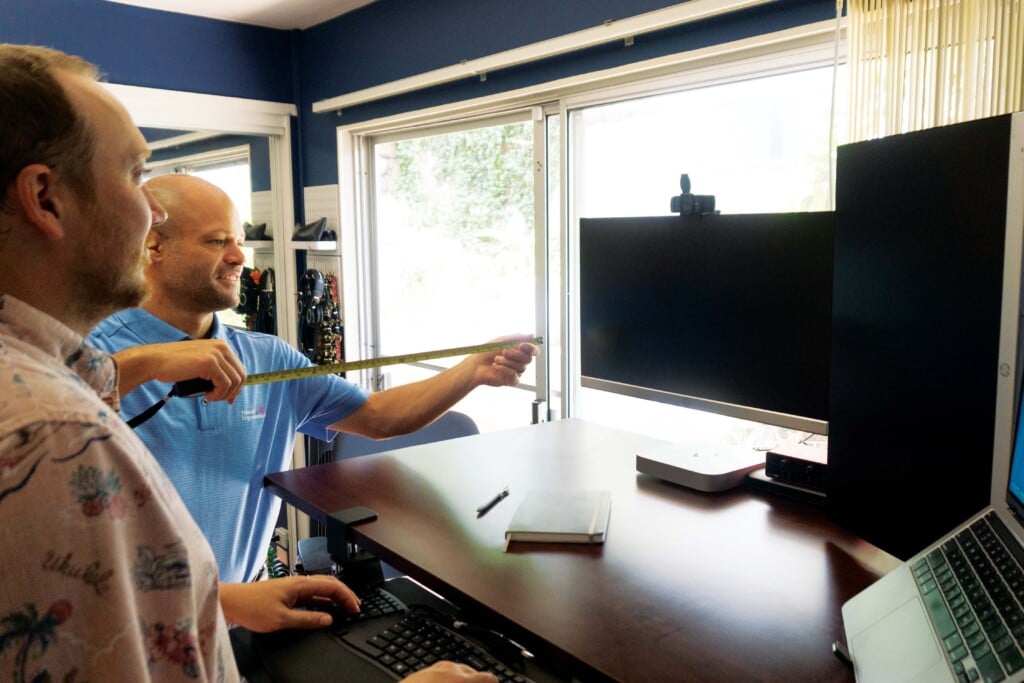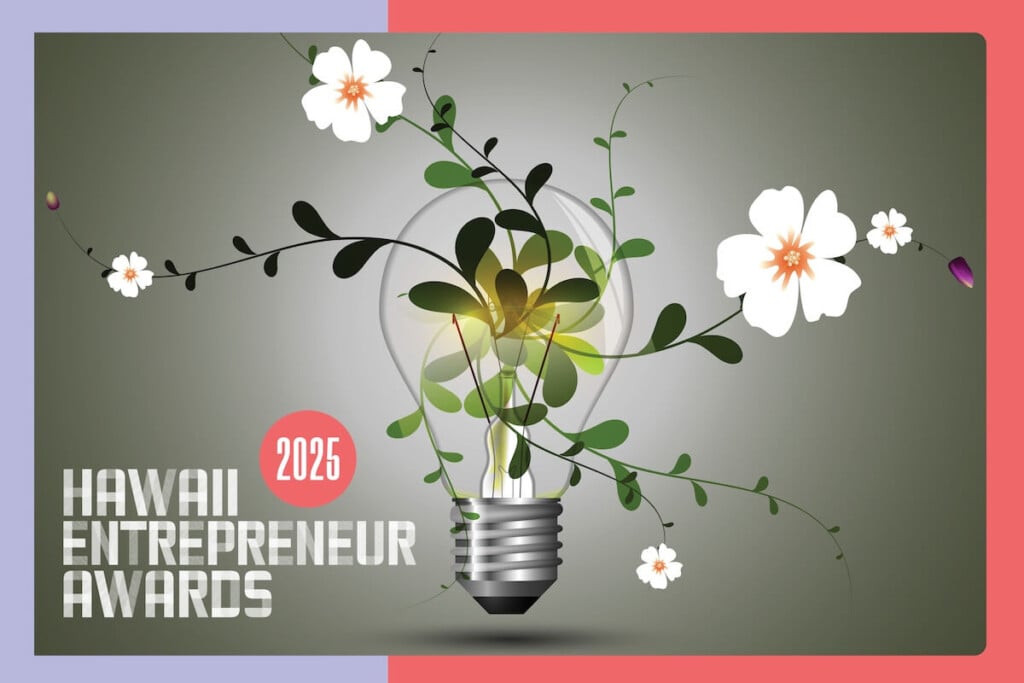How to Fix a Core Problem: Helping Hawai‘i Workers Train for Good Jobs
A growing coalition of private companies, nonprofits and government agencies is working to develop and hire local talent for lucrative careers.

Hawai‘i has been in a dangerous feedback loop for decades: Its high cost of living and limited job opportunities drive tens of thousands of local residents to the continent every year, leaving a reduced workforce, which stresses support systems and overburdens the remaining workers – leading to more stress and more departures. The future is bleak without a comprehensive solution.
That’s the assessment of a report from the Hawai‘i Workforce Funders Collaborative, a partnership of nine nonprofits, including Kamehameha Schools, HMSA, the Castle and Weinberg foundations, and the Hawai‘i Community Foundation.
The collaborative’s report – called From Crisis to Opportunity: Building Hawai‘i’s Workforce Resilience – advocates a comprehensive approach to the layers of workforce challenges, using data and human stories to spur creative collaboration among the state’s many stakeholders. Its ambitious goal: ensuring that 100% of working age residents have access to careers that can sustain families and thrive in a rapidly changing job market.
“This report is a call to action for stakeholders across sectors to collaborate in ensuring that every resident has access to education, training and meaningful work opportunities,” says HWFC Executive Director Matt Stevens. (Read the report at tinyurl.com/HWFCreport.)
Another framework for collective action is the state government’s Workforce Development Unified Plan 2024-27 (tinyurl.com/HIWorkplan). States create unified plans as the means to access funds within a body of laws known collectively as Investing in America that provide a total of $1 trillion in funding. DOGE, the department led by Elon Musk that is cutting federal programs and firing government employees, had not cut any of the workforce development funds from these laws as of the end of February, Stevens says.
Aligning state goals with federal priorities, fostering collaboration and focusing on specific population needs can enhance the state’s chances of securing the resources necessary for such large-scale changes, according to the state plan. The contents of the plan guide the conditions for new partnerships to form among educators, employers, employees and key stakeholders to drive workforce development for high-demand jobs, create paths to living wage occupations and enhance skill building for high-growth industries.
Stevens notes that, while the availability of federal funds has helped bring more stakeholders to the table to support and implement Hawai‘i’s State Unified Plan, the catalyst for collective action is the recognition that the current workforce system is not sustainable. “If federal funding is cut, the need for this work will only grow,” he says.
Building Careers in Hawai‘i
While these efforts are in their early years, the state is starting to see some wins, particularly in technology jobs. In the financial sector, Ben Schuster, First Hawaiian Bank’s senior VP of engineering technologies, was tasked in 2020 with creating an internal team to support the bank’s digital transformation. He found many of his core team members from UH’s Information and Computer Sciences Department, some of whom were hired while they were students.
Schuster says the team “led some important strategic initiatives that year” tied to the bank’s Paycheck Protection Program’s Small Business Administration loans. “That was when we started to get organizational buy-in to grow the team.”
Professors began referring their top students, and people continue to be hired at the bank through that initial pipeline.
One of them, Irene Ma, had completed a three-month internship at Amazon and turned down an annual salary of almost six figures to join FHB, even though the bank couldn’t match that salary.
“When I got that Amazon job offer, I was pleased, but part of me really didn’t want to leave Hawai‘i,” Ma says. Starting as an associate software engineer, she was promoted to back-end software engineer two years later.
“I feel like I’m doing a lot better than mainland big tech, where you’re stuck in that one position. You don’t really have that career growth opportunity,” says Ma.
Cybersecurity consultant and UH West O‘ahu associate professor Michael Miranda says the job market has gradually gotten better for Hawai‘i’s young professionals: “It started years ago, but literally two days ago, I was at a tabletop exercise with critical infrastructure security personnel. I looked around and I see four or five of my former students,” Miranda says. “That’s a testament to our ability to produce students that employers can hire now, and they are only getting more experienced.”
Similarly, Jennifer Sabas, military affairs senior consultant at Chamber of Commerce Hawaii, has seen a steady rise in personnel with Hawai‘i ties at local offices of the National Security Agency.
“They have several thousand employees,” she says. “Years ago, you could probably count on two hands how many of them had Hawai‘i ties. Now when they do an all-hands call, you can see the great increase of locals working there.”
Defense Workforce Diversity
Within Hawai‘i’s defense economy, the Chamber of Commerce Hawaii’s Military Affairs Council is partnering with stakeholders to rebuild the general public’s image of what jobs in that sector are like.
“The military in Hawai‘i is not just about national defense, but it also represents opportunities in terms of jobs and careers,” says chamber VP Jason Chung.
Sabas says the chamber is reaching out to students, parents and educators to expand their understanding about the opportunities available: “It’s about opening the aperture for the local community that these are really good jobs.”
Until 2018, most Department of Defense contracts dealt with construction and engineering. That’s been eclipsed by professional services in emerging industries: information and operational technology, cybersecurity, data science, electronic warfare and intelligence.
“That was the justification for us to approach Hawai‘i’s congressional delegation and talk about having a separate effort for talent,” Chung says. The Pacific Intelligence Innovation Initiative – a public-private partnership known as P3I – creates and supports multiple paths for local talent.
In a follow-up joint email statement following news of DOGE-mandated layoffs at the Pentagon, Chung and Sabas agreed that DOGE’s federal government job reductions will undoubtedly have economic implications for Hawai‘i, and the long-term effects remain uncertain. However, their response mirrored Stevens’ response, writing that this news amplifies the message behind the mission: “This underscores the need to remain proactive in strengthening our defense workforce pipeline. Programs like P3I play a crucial role in this effort, equipping local talent with advanced technical skills to meet the evolving demands of defense and intelligence sectors in Hawai‘i and the broader Indo-Pacific region. Investing in workforce development is key to ensuring resilience and adaptability within Hawai‘i’s defense job market,” they wrote in the email.
A model for building the workforce in emerging industries is the Pearl Harbor Naval Shipyard Apprenticeship Program, established in 1920 to train local employees in skilled trades when mainland recruits were difficult to find. The program continues to be “the gold standard on how you earn while you learn, then go into a good career working for the federal government,” Chung says.
Some paths to good jobs require college degrees. But for entry-level jobs in areas like data science, students can be hired after earning certificates or microcredentials that take less study time. These short-term options address concerns that these students cannot afford to spend a lot of time learning new skills without a paycheck coming in. “It all goes back to the cost of living,” Sabas says.
In its first year, P3I sponsored more than 100 internships. One of the most competitive is Viceroy Maven, an immersive experiential program in which interns are embedded with operational organizations, working with senior leaders on real world problems.
“They have dedicated mentors, and we’re ensuring that the actual senior leadership of that organization is directly involved,” says Chung. For this year’s team, for example, “We’re very likely going to embed a team to specifically work directly for the Hawai‘i National Guard Commander Major General Steve Logan and his staff in terms of shaping data and figuring out all the different collaboration that has to occur with the state and federal agencies, and the military to put a very holistic and comprehensive plan together.”
“Our vision is to be that critical enabler, just like the apprenticeship program for Pearl Harbor in those areas,” says Chung, “keeping our talent here so they can live, work and stay in Hawai‘i.”
One Problem Underlying All
Reversing out-migration through multiple job pathways not only strengthens the local economy, it also grows a population that has the deep knowledge, intelligence and commitment to help tackle Hawai‘i’s biggest challenges, says Stevens.
“Headlines focus on challenges like affordable housing, quality health care and sustainable agriculture. But what often gets overlooked is the common denominator: a strong workforce is essential to solving all of these issues,” he says. “We don’t have 10 separate problems – we have one underlying challenge: ensuring that people are present, trained and equipped to do the work that helps Hawai‘i thrive.”
In Hawai‘i, the HWFC and the Islander Institute found that a “good job” is one that supports holistic well-being, is aligned with cultural values and contributes to the broader social fabric of the state.
Echoing that sentiment, FHB’s Ma says big tech didn’t offer her the sense of purpose she was looking for. She wanted to contribute to her home state: “In big tech, there’s a lot of focus on job hopping for the next big job opportunity. I don’t like that mindset. I really like staying in one company, having that career growth and developing that personal connection,” she says.
“I was grateful enough to have an opportunity in the mainland to intern and kind of gain the skills there, but then I really wanted to bring back those skills and that knowledge that I gained, to bring it back to Hawai‘i, and showcase that in local businesses.”
HWFC’s Stevens says that developing Hawai‘i’s workforce means connecting with those deeper values.
“Nobody thinks of themselves as ‘the workforce.’ We identify with the things that are important to us: our passions, our communities. We collectively make up the workforce, and there is a role for everyone to play in ensuring workforce resilience,” says Stevens.
“To truly support the workforce, we need to go beyond just job creation. That means addressing systemic challenges and providing the wraparound services – like transportation, child care and mental health support – that traditional workforce funding often doesn’t cover.”





